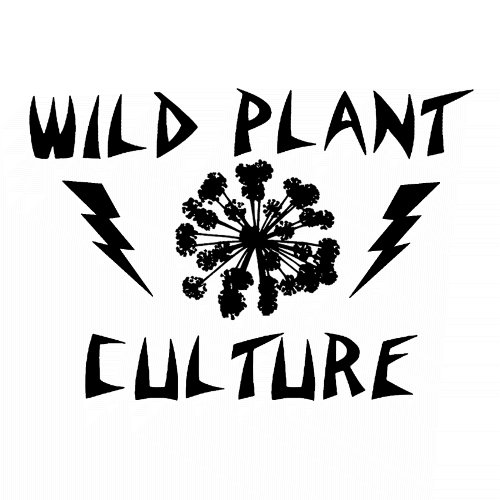Strawberries wild and false

Picture this. I'm singing the praises of one of our tastiest wild fruits, both for flavor and as an amazing groundcover. "Oh, I already have those in my lawn", comes the oft-repeated reply. But no, you don't! You're harboring an imposter.
Because there's wild strawberry, and there's Indian strawberry. The latter is also known as mock strawberry or false strawberry.
Take the golf-ball sized strawberries at the supermarket, distill down all the flavor into something that size of your pinky nail, make it ten times better, and you get a wild strawberry.
Take a wild strawberry, screw around with the leaves, make the flower yellow instead of white, and make the fruit a barely edible nugget of insipid flesh, and you have Indian strawberry.
Comprende?
Wild strawberry (Fragaria virginiana*) is a low, delectable creeper, a native species deeply held in the hearts of those who know it. It grows in sunny spots in dry fields, woodland edges, and trailsides. It's not uncommon but its extent seems diminished by the lack of fire in the landscape (see for example Thoreau's Wild Fruits, page 16. Among the sources quoted therein: "In some parts, where the natives have planted, I have seen as many [wild strawberries] as would fill a good ship, within a few mile's compass". It figures prominently in local Native mythology, in the archetypal relationship saga "The Origin of Strawberries" transcribed by James Mooney from Cherokee sources, and many other places as well. (A nice web version is here.)
Indian strawberry (Duchesnea indica) actually is from India. It occupies ruderal (weedy, disturbed) places in our landscape - lawns, gardens, floodplains. More or less the same kind of places you'd find the well-known creeping weed gill-over-the-ground. To repeat, it tastes like nothing good and is barely edible.
Some people have tried the latter, the imposter strawberry, and decided that wild strawberries are tasteless. Check out the pictures below, get the ID straight, and go check some dry meadows for wild strawberry this year. The species fruits in middle June here in northern New Jersey.
In addition to being delicious, wild strawberry is an ideal permaculture groundcover. It seek this way and that beneath established perennials, suppressing annual weeds while playing nicely with the shoot vegetables, herbs, trees, and shrubs you've planted in the same area.
The Lenape call this plant heartberry. Once we've got the taxonomy straight between wild strawberry and its imposter, maybe we can work on changing its designation back to this beautiful and fitting praise name.
_____
*Woodland strawberry (Fragaria vesca ssp. americana) is also a native species.





